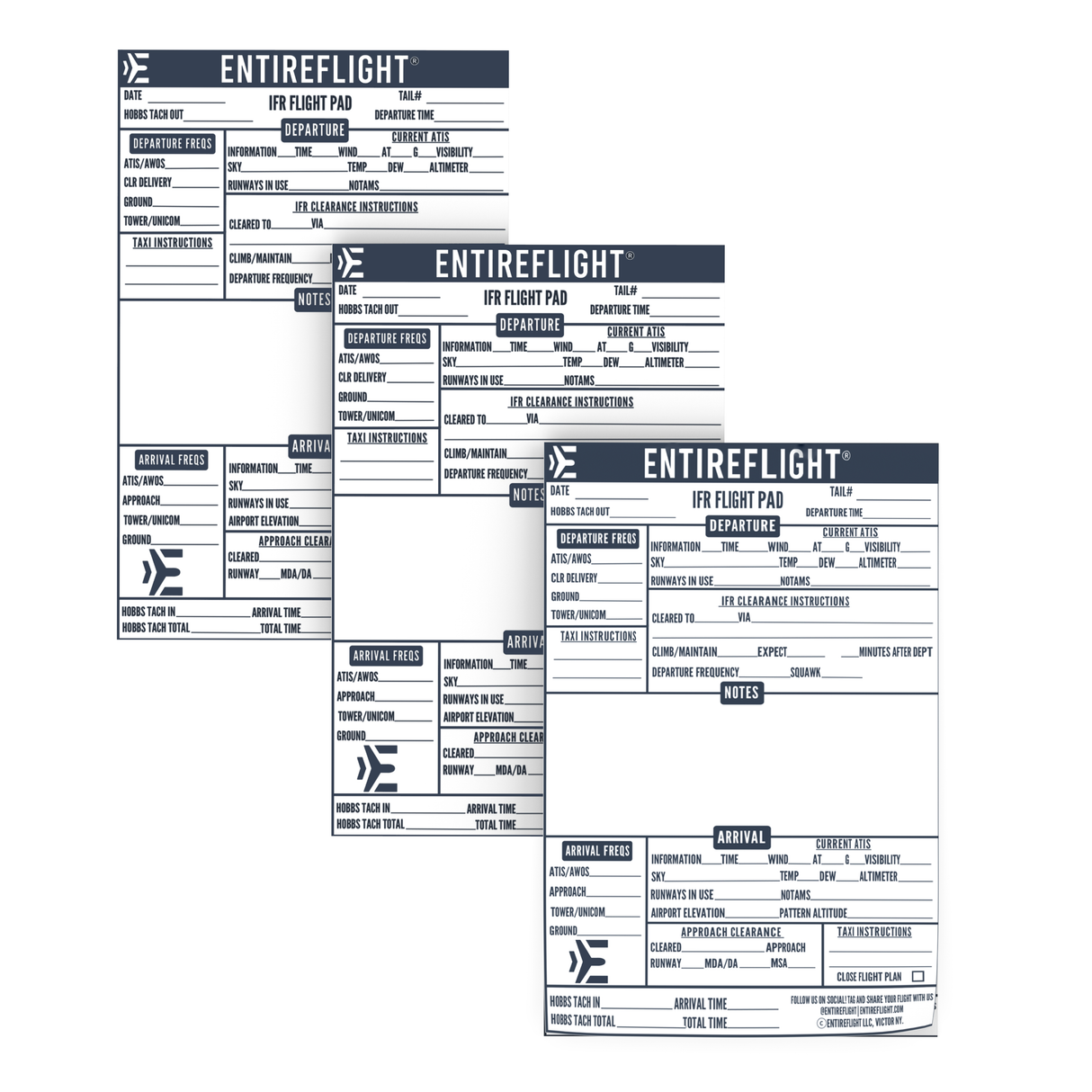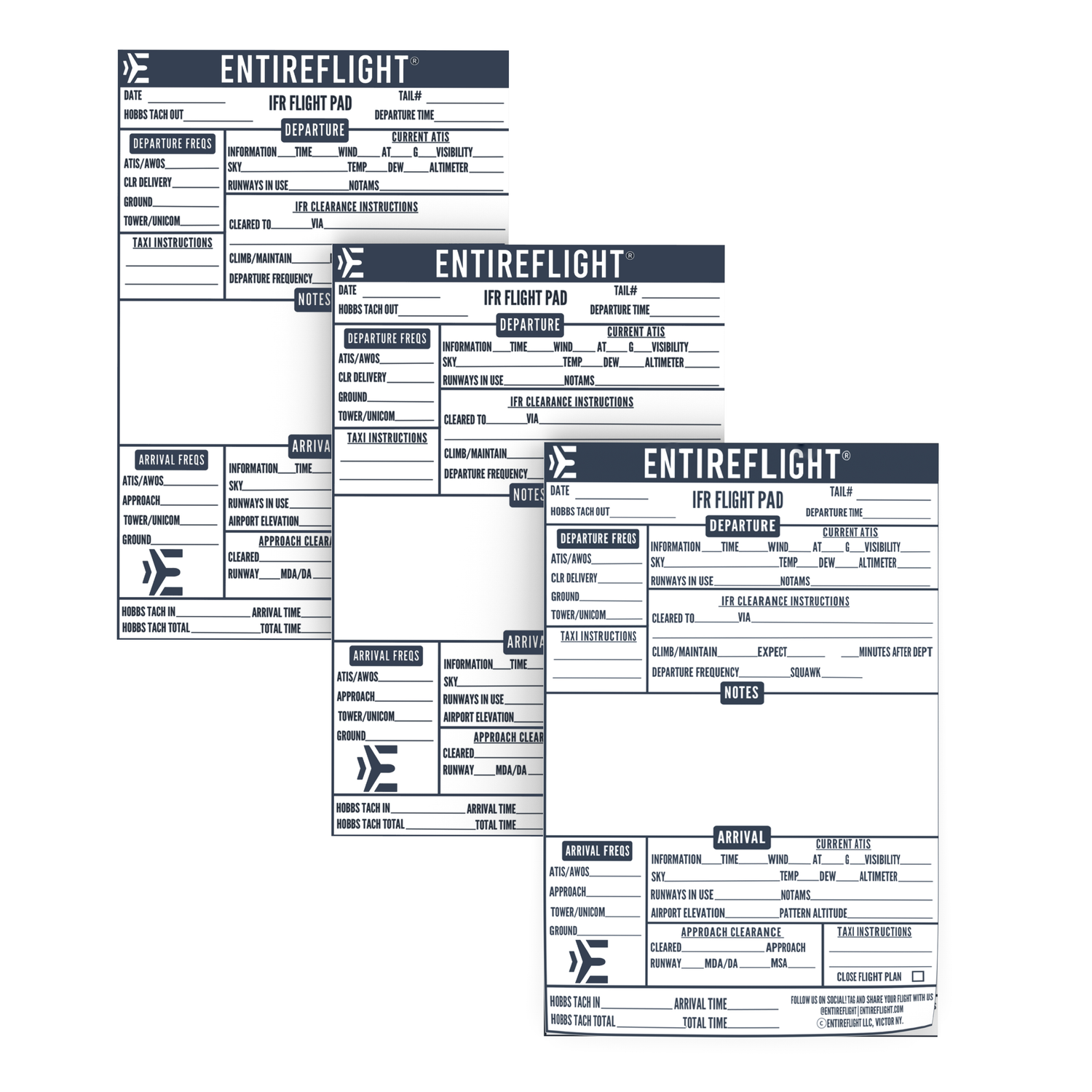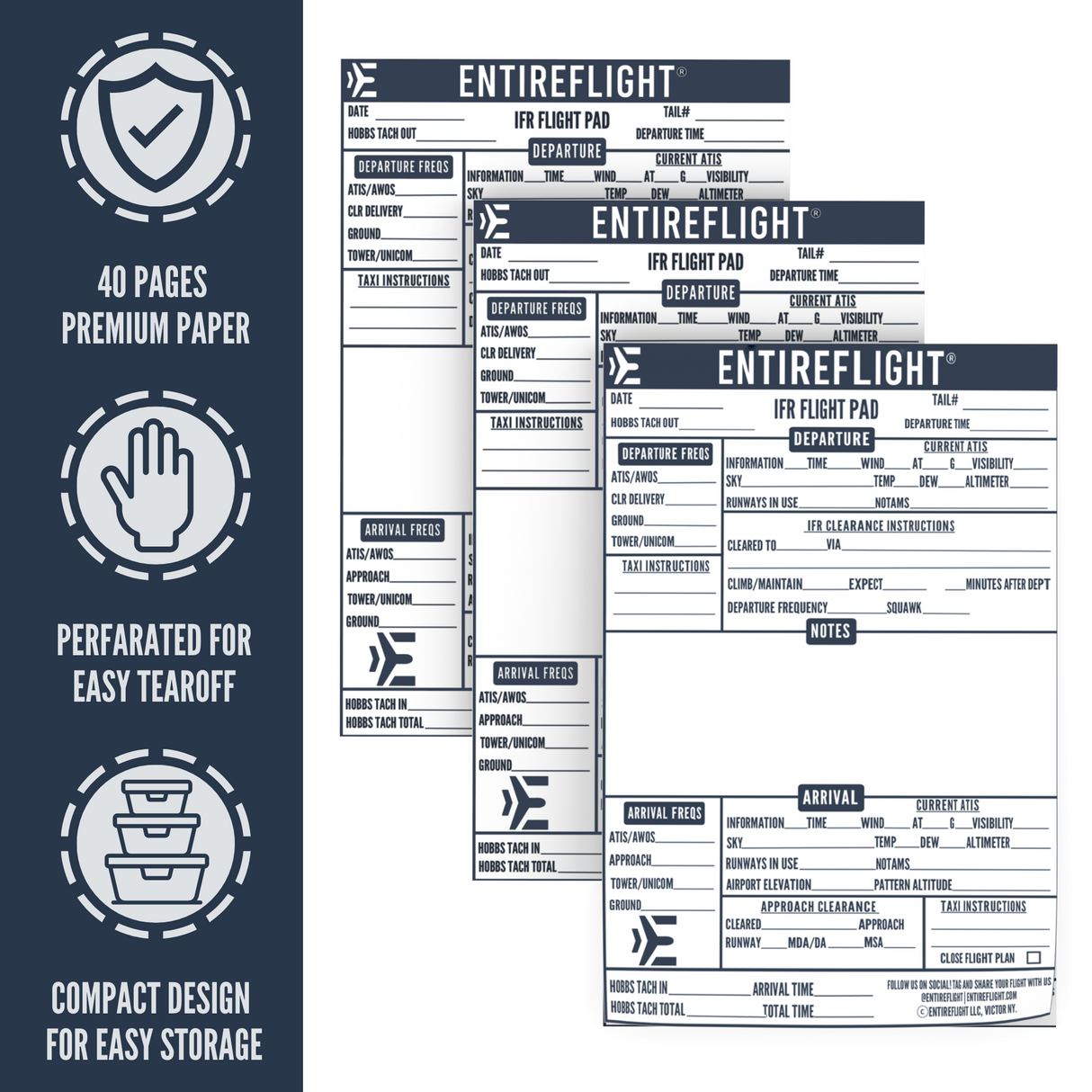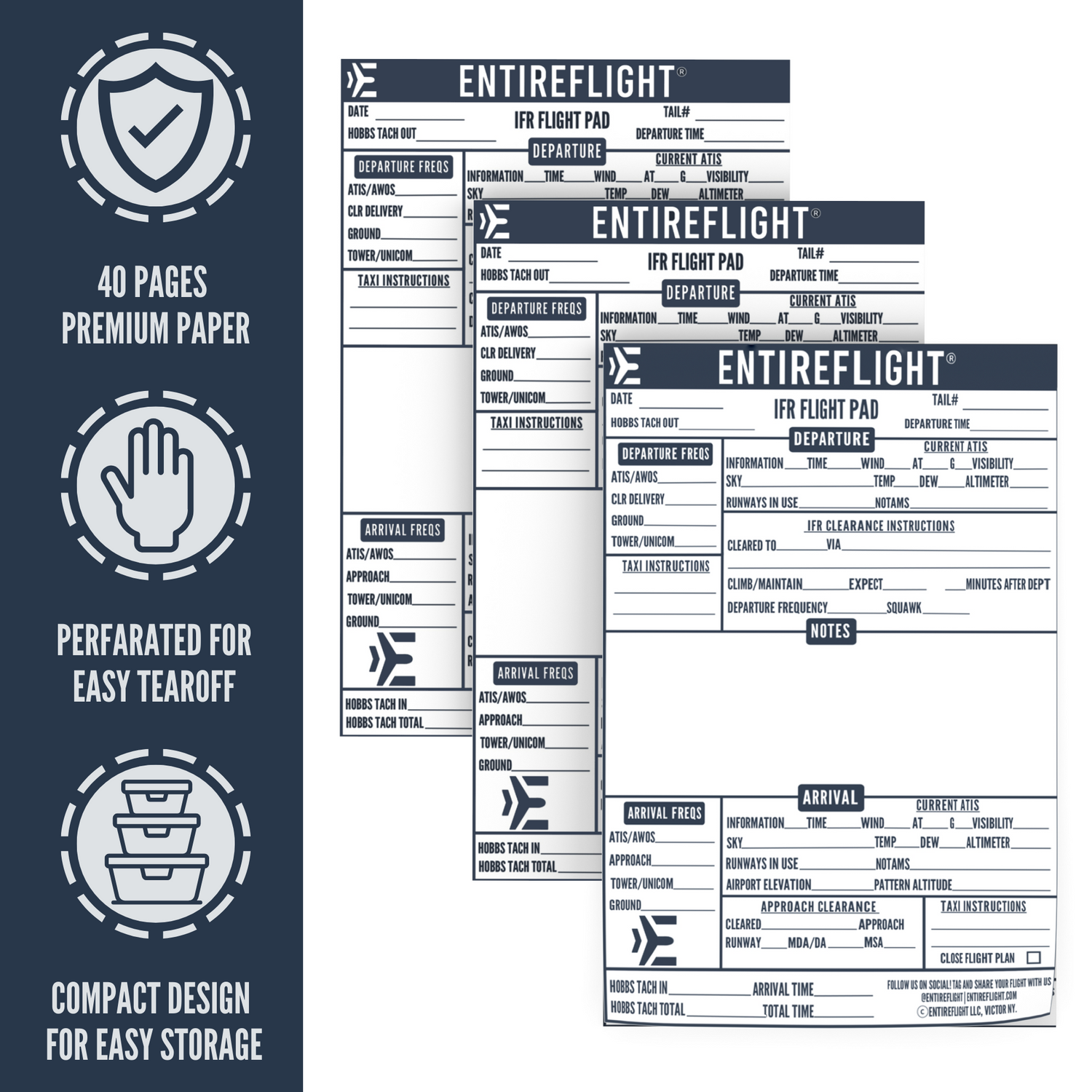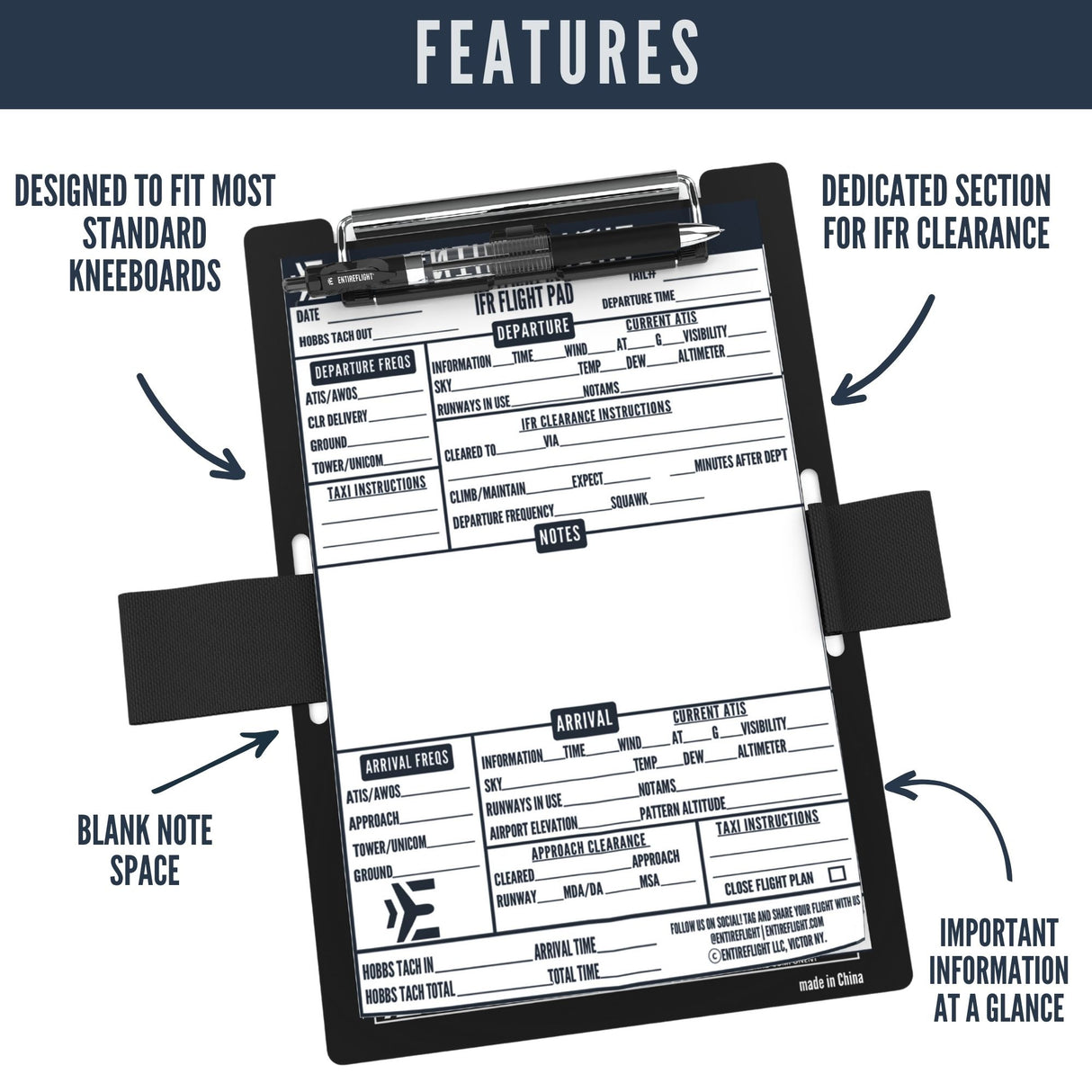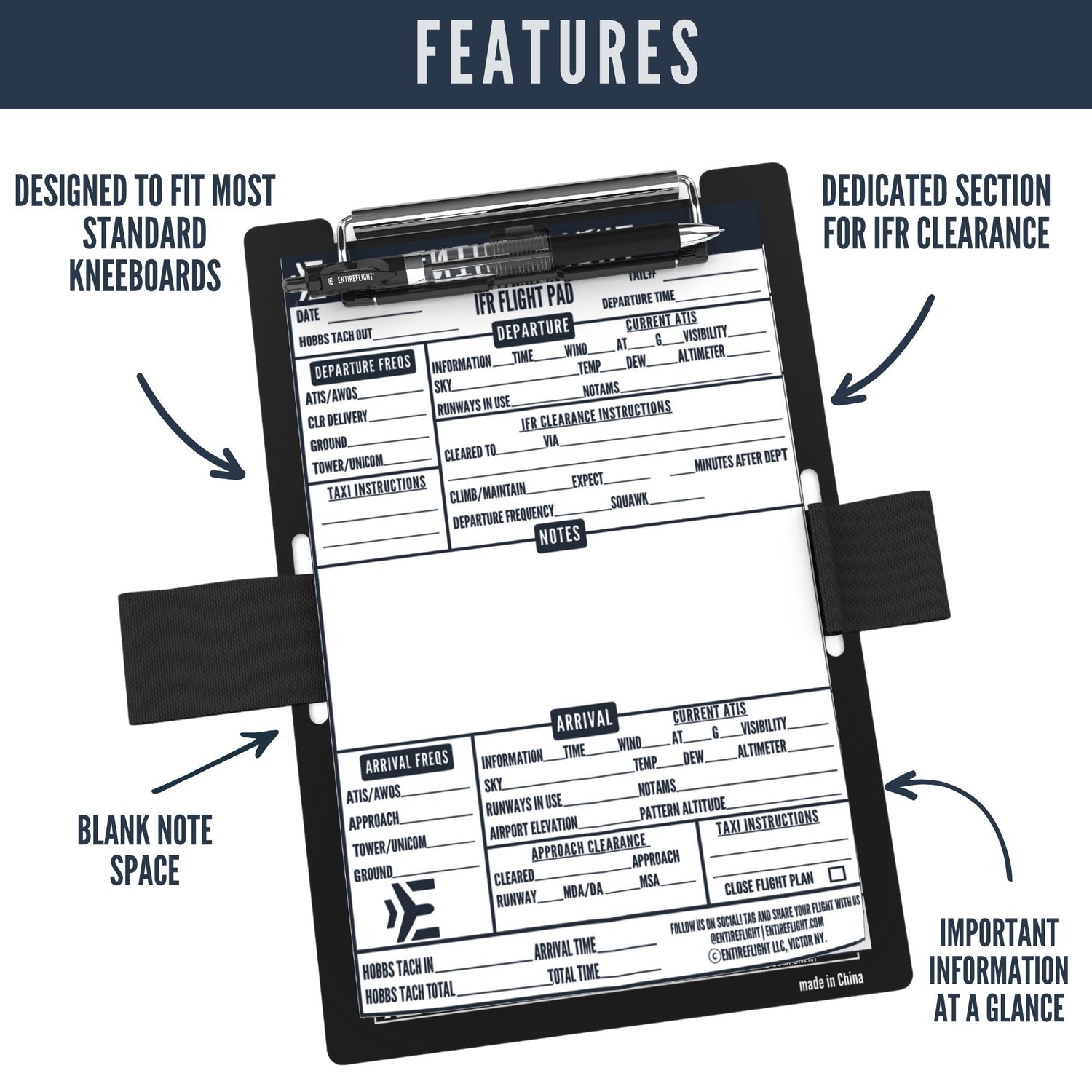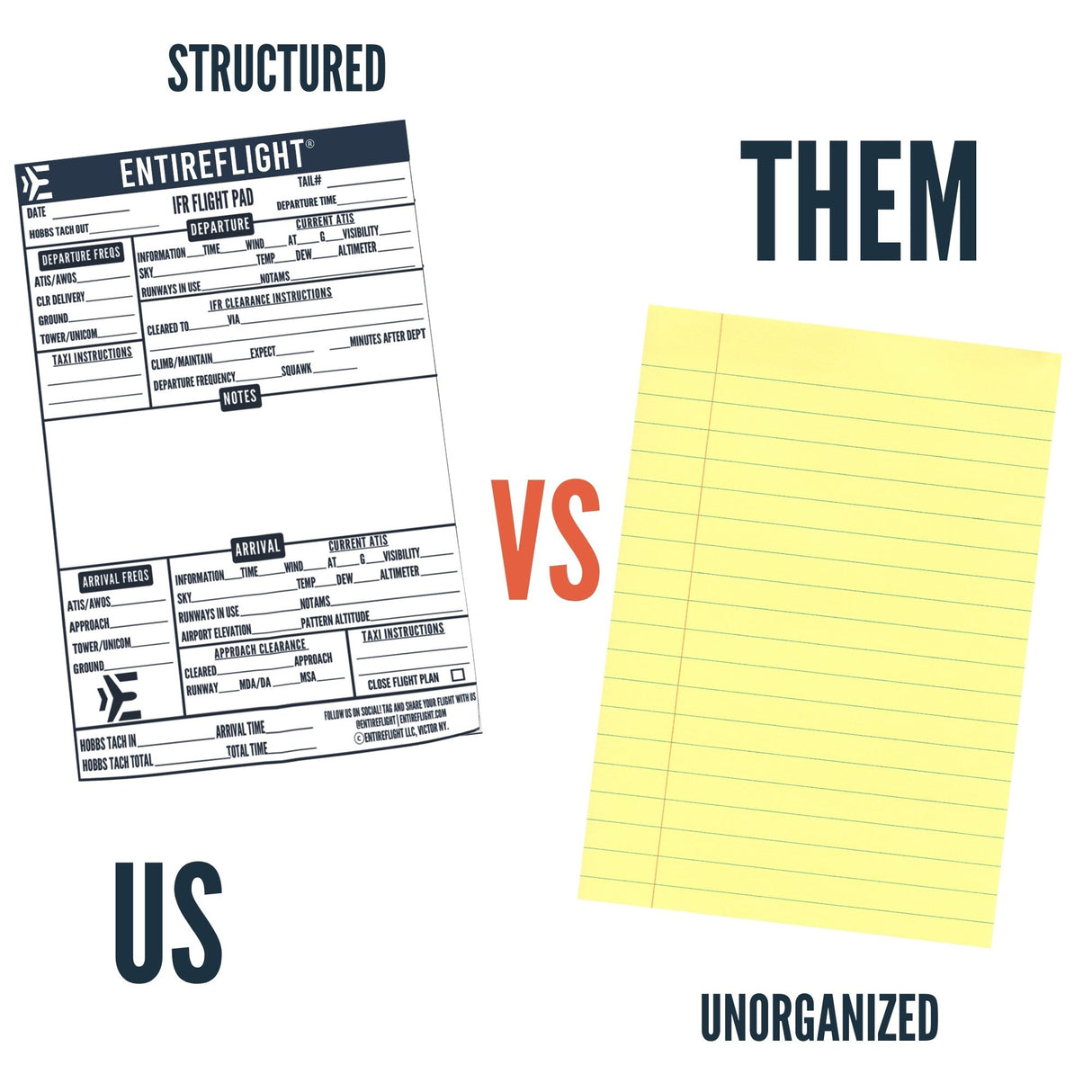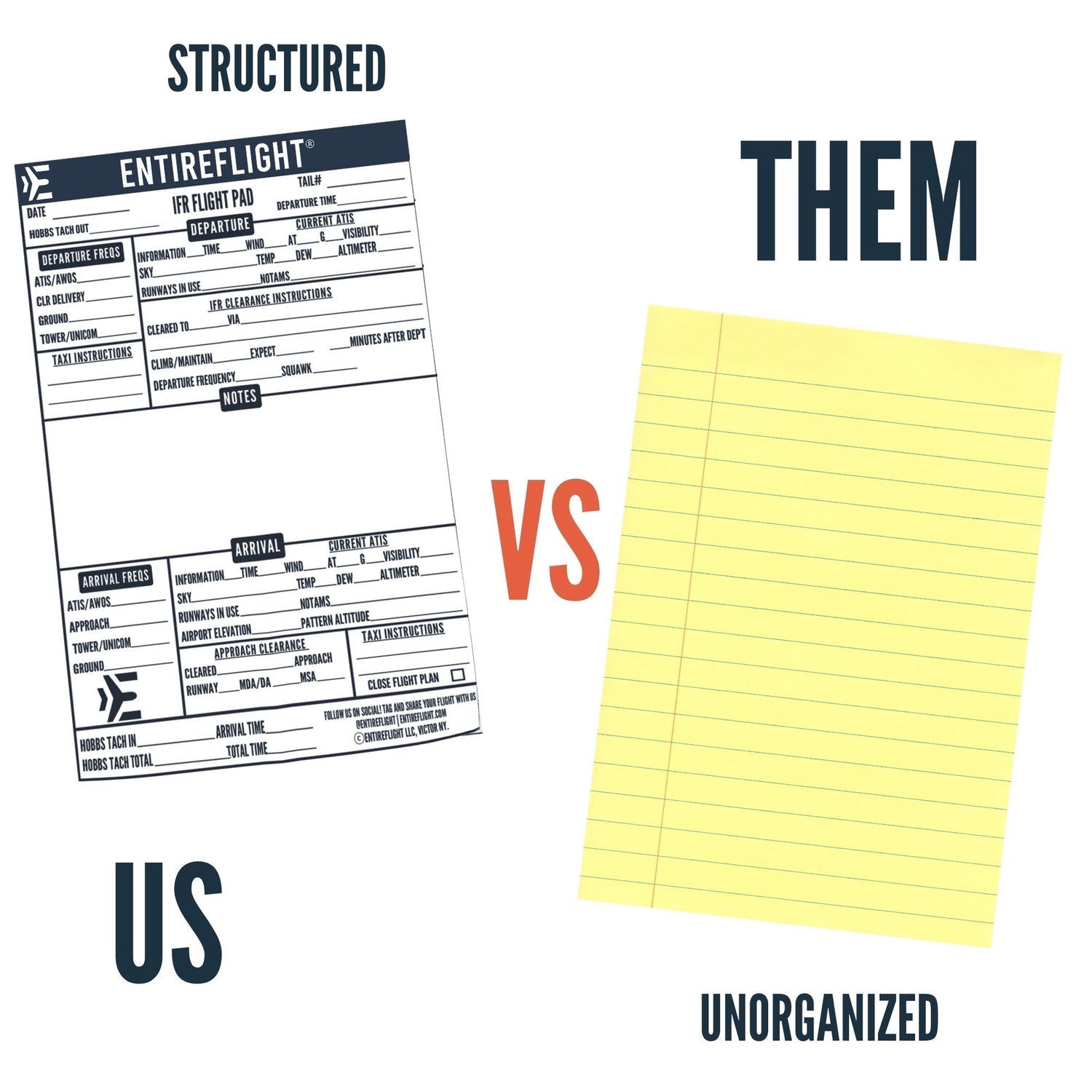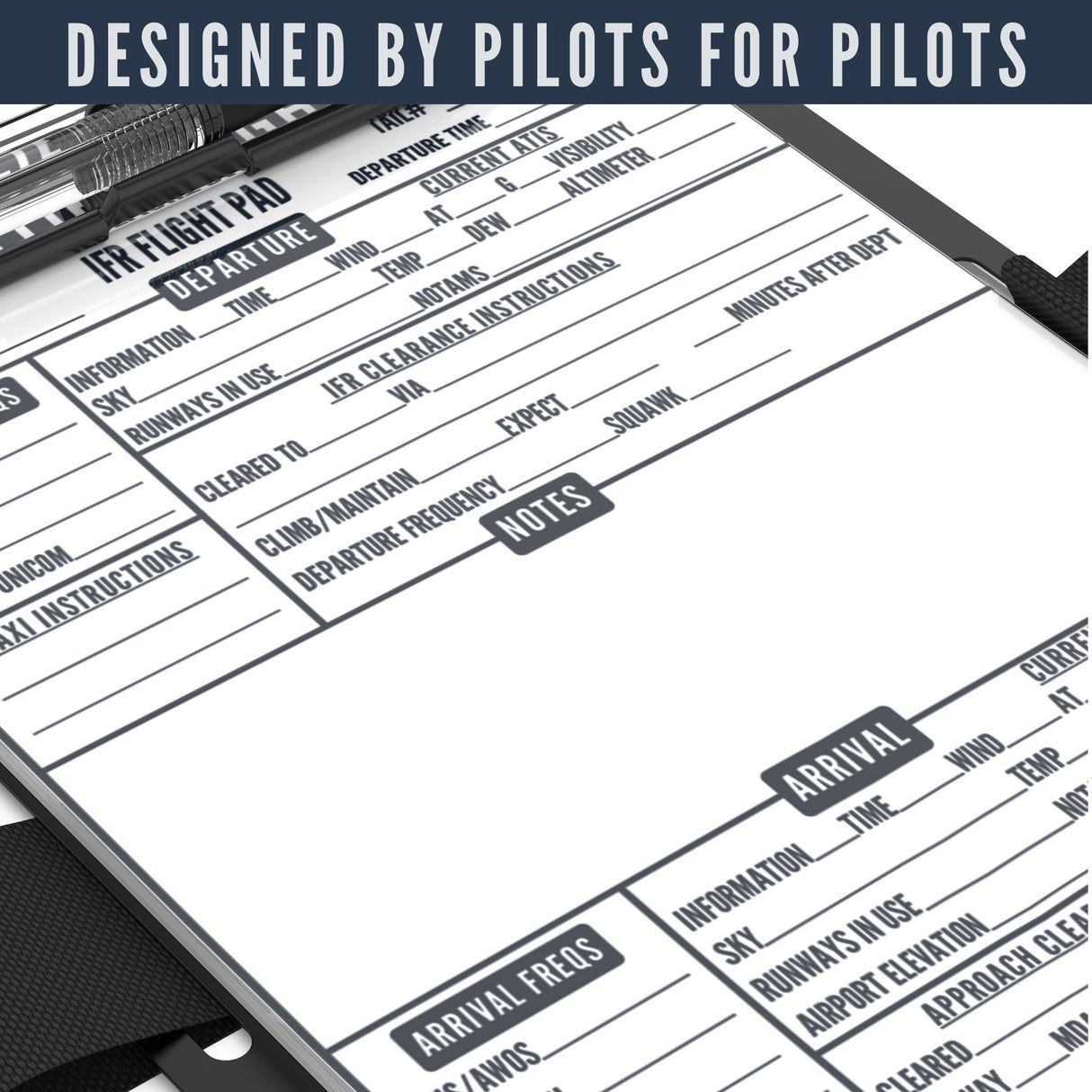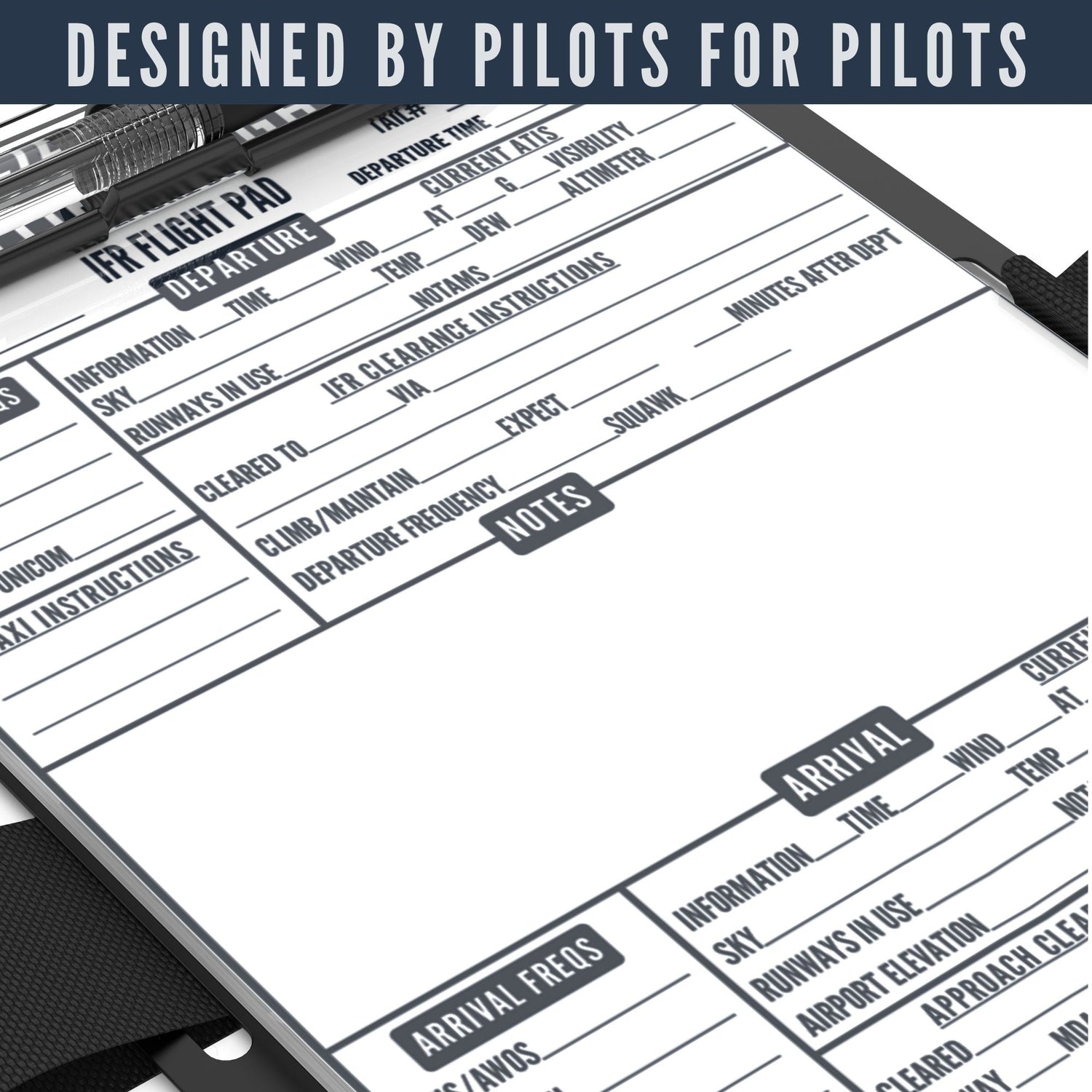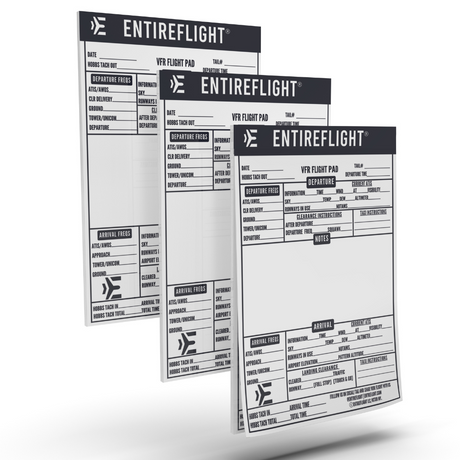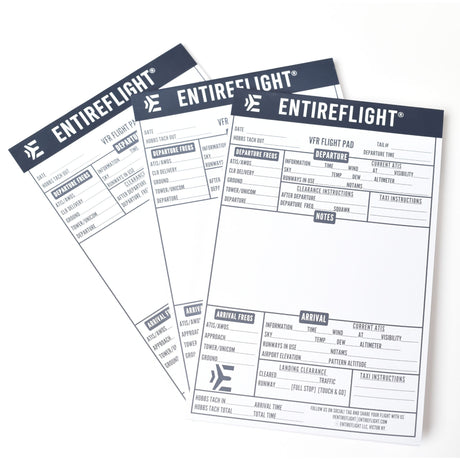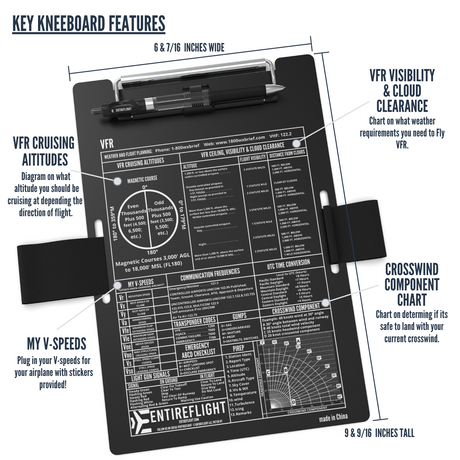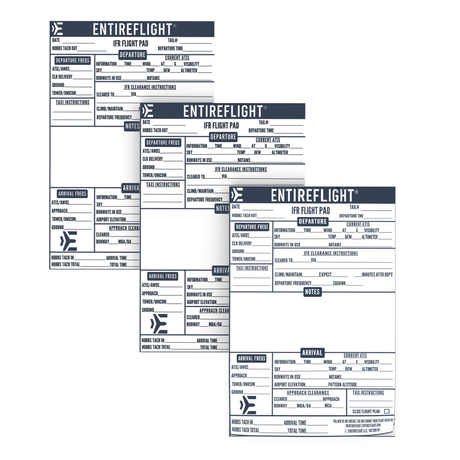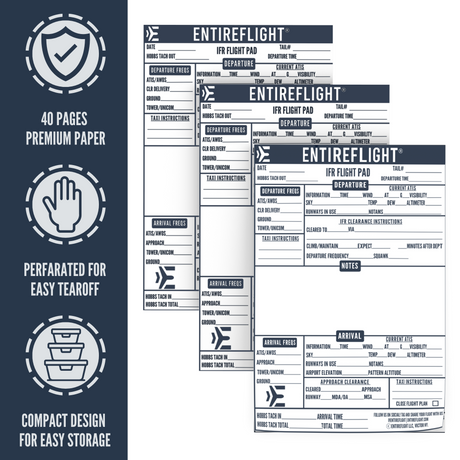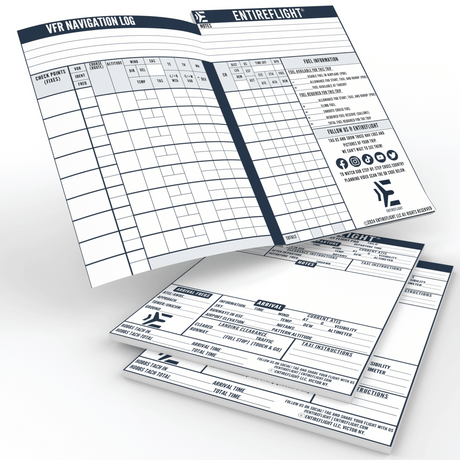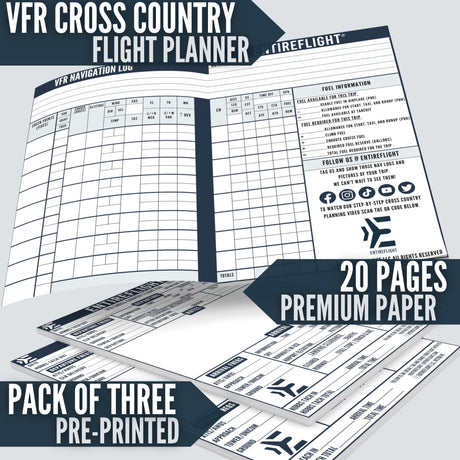Navigating the skies as a pilot comes with its fair share of risks and challenges. Did you know that maintaining personal health readiness significantly influences flight safety?
This article will guide you through the importance of using the IMSAFE checklist, a crucial tool for preflight self-assessment. Let's discover how this simple habit can turn you into an even safer aviator.
Key Takeaways
- The IMSAFE checklist is a vital tool used by pilots to assess their physical and mental readiness for flight.
- Regular use of the IMSAFE checklist promotes personal responsibility and plays a major role in advancing aviation safety worldwide.
- The IMSAFE checklist helps pilots identify and address potential risks before flying, minimizing the chances of accidents or incidents.
What is the IMSAFE checklist?
The IMSAFE checklist is a self-assessment method that stands for Illness, Medication, Stress, Alcohol, Fatigue, and Emotion.
Each letter in the acronym represents a different aspect of personal health that could impact piloting skills. By going through each part of this list before every flight, pilots can ensure they are fit to fly and maintain optimum safety standards.
It isn't just about aircraft maintenance or weather conditions but also includes the pilot's overall well-being. The usage of this simple yet effective checklist promotes personal responsibility and plays a major role in advancing aviation safety worldwide.
The PAVE Checklist
The PAVE checklist, which stands for Pilot, Aircraft, enVironment, and External Pressures, is a crucial tool in preflight preparation that complements the IMSAFE checklist by addressing other important factors affecting pilot safety.
What is the PAVE checklist and how does it relate to IMSAFE?
The PAVE checklist is a tool that pilots use during preflight preparation to assess potential risks and ensure flight safety.
It complements the IMSAFE checklist by providing a broader perspective on risk management. While the IMSAFE checklist focuses on personal factors, the PAVE checklist looks at other important aspects of flying including pilot qualifications and experience, aircraft condition and limitations, environmental factors like weather conditions or available navigation aids, as well as external pressures like deadlines or passenger expectations.
By using both checklists together before each flight, pilots can thoroughly evaluate all relevant factors and make informed decisions to minimize risks and enhance overall safety.
Decoding The I'M SAFE Checklist
I - Illness
Illness is a crucial factor to consider when evaluating your readiness to fly. As a pilot, it's important to prioritize your health and well-being before taking off. Performing a thorough self-assessment of any illnesses or symptoms you may be experiencing is an essential step in the IMSAFE checklist.
By honestly evaluating your physical condition, you can identify potential risks that could affect your performance during flight operations. Ensuring that you are in good health will not only promote your personal safety but also contribute to overall aviation safety.
M - Medication
Taking medication before flying can have a significant impact on pilot safety. It is crucial to carefully consider any medications you are taking and their potential effects on your ability to fly.
Some medications may cause drowsiness, impair coordination, or negatively affect your cognitive function. These side effects can put both you and your passengers at risk during flight.
Before taking any medication, consult with a healthcare professional who understands aviation medicine to ensure it is safe for you to fly while using it. Always prioritize the safety of yourself and others when it comes to medication and flying.
S - Stress
Stress is another important factor to consider when assessing your readiness to fly. As a pilot, it's crucial to manage stress effectively to ensure your safety in the air. When you're stressed, it can impair your decision-making abilities and increase the risk of errors during flight operations.
To mitigate this, take time before each flight to assess your stress levels and identify any potential sources of stress that could affect your performance. By being aware of and managing stress effectively, you'll be better equipped for safe and successful flights.
A - Alcohol
Drinking alcohol before flying is a serious risk that can compromise pilot safety. As a beginner pilot, it's crucial to understand the dangers of consuming alcohol and the impact it can have on your ability to fly.
Alcohol affects coordination, reaction time, judgment, and overall cognitive function – all critical skills needed for safe piloting. To ensure your own safety and that of your passengers, it's important to refrain from drinking alcohol within 8 hours of a flight or if any residual effects are present.
Always prioritize responsible decision-making and follow aviation regulations regarding alcohol consumption to maintain optimal focus during flight operations.
F - Fatigue
Fatigue is a major concern for pilots and can significantly impact their ability to fly safely. It is important to understand the role fatigue plays in aviation and how it can be managed effectively.
Fatigue occurs when you are excessively tired or lacking sleep, which can lead to decreased alertness and performance. As a pilot, it is crucial to prioritize rest and ensure that you are well-rested before each flight.
By regularly using the IMSAFE checklist, you can assess your fatigue level and make informed decisions about whether it is safe to fly. Your safety should always be the top priority, so take steps to manage your fatigue effectively and minimize any potential risks while flying.
E - Emotion
Managing your emotions is a crucial aspect of ensuring pilot safety. When flying, it's important to keep your emotions in check and maintain a clear state of mind. Emotions like fear, anger, or even overexcitement can cloud your judgment and affect decision-making abilities.
By practicing emotional control and staying calm during flights, you can better respond to unexpected situations and make rational choices that prioritize safety. Regularly assessing and managing your emotions as part of the IMSAFE checklist will contribute to a safer flying experience.
So be aware of how your emotions may impact your ability to fly safely and take steps to regulate them effectively.
Conclusion
Using the IMSAFE checklist is crucial for ensuring pilot safety. By regularly assessing yourself for illness, medication use, stress levels, alcohol consumption, fatigue, and emotional state before every flight, you can identify potential risks and take necessary precautions to mitigate them.
Prioritizing your health and well-being through the use of this checklist promotes safe flying and helps you make informed decisions about whether or not it's safe to fly. Stay proactive in using this tool to keep yourself and your passengers safe during every flight.
FAQs
1 - What is the IMSAFE Checklist?
The IMSAFE Checklist is a tool used in flight training and aviation health assessment to ensure pilot safety.
2 - How does the IMSAFE checklist contribute to risk management in aviation?
IMSAFE checklist helps pilots self-assess for any physical or psychological issues before flying; effectively managing risks associated with fatigue, alcohol, and personal minimums.
3 - Can a copilot use this checklist too?
Yes! Both pilots and copilots can apply the IMSAFE checklist as part of their preflight health assessment protocol for safer crew resource management.
4 - What are some other safety protocols that pilots should know?
Aside from using the IMSAFE Checklist, pilots also need to understand emergency procedures, adhere to personal minimums criteria, undergo regular pilot training, and practice effective fatigue management.
5 - Does using the IMSAFE checklist eliminate all risks during a flight?
While it significantly reduces personal risk factors amongst pilots; environmental factors like weather conditions still pose potential challenges making continuous education on safety protocols paramount.

